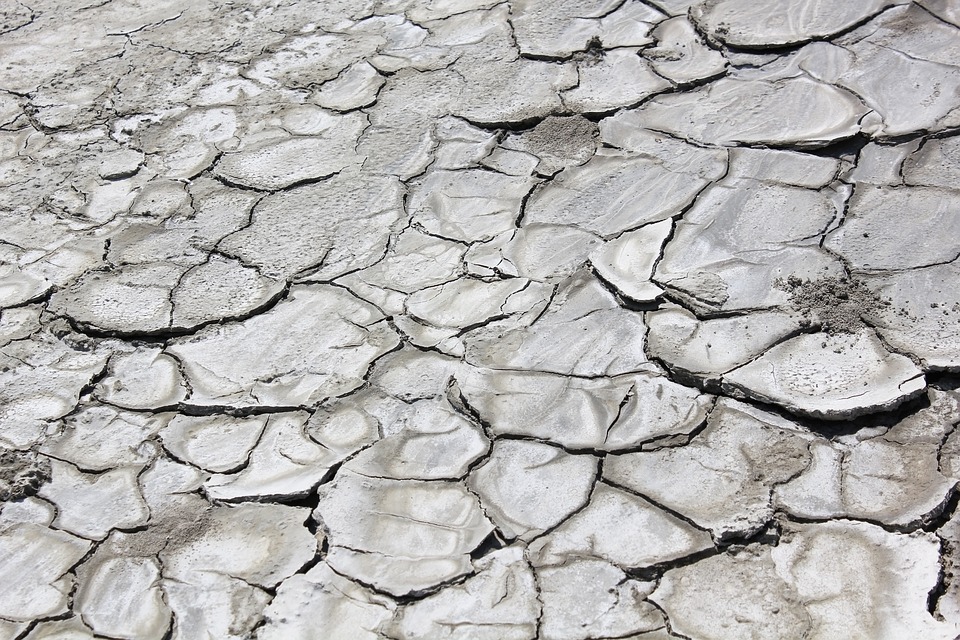What Is the Climate of the Northeastern United States? A Guide to Seasonal Weather in New England and the Mid-Atlantic
Introduction
The Northeastern United States, encompassing New England and the Mid-Atlantic, is known for its diverse landscapes and significant climatic variations. This region’s climate is crucial for various sectors, including travel, agriculture, and seasonal activities. Understanding its four distinct seasons—winter, spring, summer, and fall—provides insight into the weather patterns that shape daily life and economic activities.
General Climate Characteristics of the Northeast
The Northeast primarily experiences a humid continental climate, characterized by:
– Warm summers and cold winters.
– Significant temperature variations influenced by latitude and proximity to the Atlantic Ocean.
– Average temperatures ranging from cooler conditions in northern states like Maine to milder climates in southern areas such as Maryland.
In general, average temperatures can vary dramatically; for example, Maine might see winter lows around 10°F (-12°C) while southern regions experience milder conditions.
Seasonal Weather Patterns
– Winter (December to February):
– Cold and snowy conditions prevail, with average temperatures ranging from 10°F to 30°F (-12°C to -1°C) in northern areas. Coastal regions tend to be milder due to oceanic influences.
– Spring (March to May):
– This season is marked by variable weather with warming temperatures, frequent rain showers, and snowmelt contributing to rising water levels.
– Summer (June to August):
– Summers are warm and humid, particularly in southern parts where average highs reach between 75°F to 85°F (24°C to 29°C).
– Fall (September to November):
– Known for its cool and crisp weather, fall features mild days and chilly nights, highlighted by stunning foliage that attracts tourists.
Influence of Geography on Climate Variability
– Coastal Influence:
The Atlantic Ocean moderates coastal temperatures, providing warmer winters and cooler summers compared to inland areas.
– Mountainous Areas:
The Appalachian Mountains create microclimates that often result in cooler temperatures and higher snowfall levels.
– Urban Heat Islands:
Major urban centers like New York City and Boston experience localized warming due to human activities and infrastructure.
Precipitation and Snowfall
The Northeast receives between 35–50 inches (890–1,270 mm) of precipitation annually. Snowfall patterns vary significantly:
– Northern states like Vermont and New Hampshire experience heavy snowfall.
– Cities such as Buffalo and Syracuse are affected by lake-effect snow due to their proximity to the Great Lakes.
– Severe weather events like Nor’easters can bring heavy snow, rain, and coastal flooding.
Impact of Climate on Agriculture and Lifestyle
The region’s climate supports diverse agricultural practices:
– Apple orchards, vineyards, and maple syrup production thrive due to distinct seasonal changes.
– Seasonal weather influences tourism: skiing in winter, beach visits in summer, and fall foliage tours attract visitors throughout the year.
– Infrastructure adaptations are necessary to manage snow accumulation and temperature fluctuations effectively.
Climate Change and Its Effects on the Northeast
Recent trends indicate significant changes due to climate change:
– Winters are becoming warmer with fewer cold days; average annual temperatures have increased by over 2°F since the early 20th century.
– Increased rainfall has been observed across all seasons, with a notable rise in extreme precipitation events—up by approximately 60% since the mid-1990s.
– These changes affect agriculture by altering growing seasons and introducing challenges for traditional crops.
FAQs
– What are winters like in the Northeast?
Winters are typically cold with significant snowfall in northern areas but milder along the coast.
– When is the best time to see fall foliage?
Early October is generally considered peak foliage season across much of New England.
– How does lake-effect snow impact certain areas?
Areas near the Great Lakes receive heavy snowfall due to moist air from the lakes cooling rapidly when it meets colder land.
– What are Nor’easters, and how do they affect the region?
Nor’easters are powerful storms that bring heavy snow or rain as cold polar air meets warm moist air from the Atlantic Ocean.
– How is climate change impacting snowfall and rainfall?
Climate change is leading to warmer winters with less consistent snowfall patterns while increasing rainfall intensity during storms.
– What are some popular activities based on the Northeast’s seasonal climate?
Activities include skiing in winter, hiking during spring and fall foliage tours in autumn, along with beach outings in summer.
Conclusion
The Northeastern United States showcases a distinct four-season climate shaped by geographic influences. Understanding this climate is essential for appreciating its impact on culture, agriculture, tourism, and lifestyle. As climate change continues to alter weather patterns, adaptation strategies will be crucial for managing future challenges.

Kyle Whyte is a notable scholar and professor at the University of Michigan, holding positions such as the George Willis Pack Professor in the School for Environment and Sustainability and Professor of Philosophy. Specializing in environmental justice, his work critically examines climate policy and Indigenous peoples’ ethics, emphasizing the nexus between cooperative scientific endeavors and Indigenous justice. As an enrolled Citizen Potawatomi Nation member, he brings a vital perspective to his roles as a U.S. Science Envoy and member of the White House Environmental Justice Advisory Council. His influential research is supported by various prestigious organizations including the National Science Foundation, and disseminated through publications in high-impact journals. Kyle actively contributes to global Indigenous research methodologies and education, with affiliations to numerous institutes and societies dedicated to traditional knowledge and sustainability. Recognized for his academic and community engagement, Kyle has earned multiple awards and served in various visiting professorships. His efforts extend to leadership positions on boards and committees focused on environmental justice nationwide.
